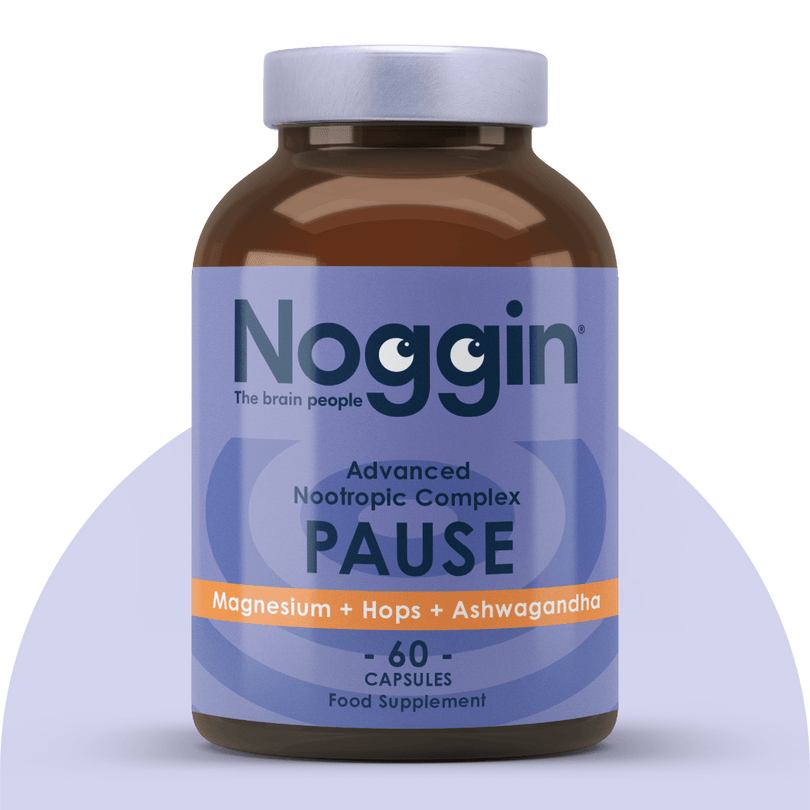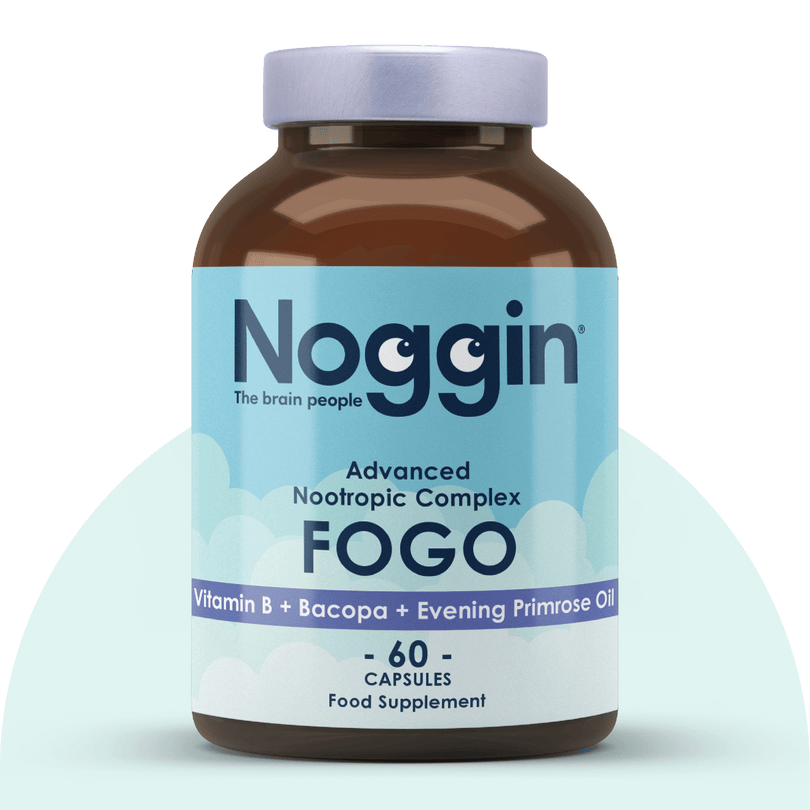Going for a walk has been the new going out in 2020 and it's a resolution to think about keeping up as we move into the New Year.
Walking speed at age 40+ linked to physical well-being and brain health
Here at Noggin HQ we're a fan of walking and have blogged on the many benefits of this simple and free way to “endorphinate”.
Recent research findings have found that the walking speed of a person at age 45 was associated with both physical health and also with brain health in midlife according to an NIA-supported study.
The findings, published in JAMA Network Open, suggest that a simple test of how fast a person walks could be a helpful indicator of how both the body and brain are ageing.
A team led by researchers at Duke University, Durham, North Carolina, looked at data from 904 participants in the Dunedin Multidisciplinary Health and Development Study, a population-based study that has followed 1,037 people born between 1972 and 1973 in Dunedin, New Zealand.
At the most recent assessment, researchers measured the 45-year-old participants’ physical and cognitive functioning and imaged their brains in an MRI scanner. All participants had their cognitive function first measured at age 3.This study showed that gait speed – which is how fast someone walks – has a relationship with physical and brain health. Participants with slower gait speed had more physical limitations, such as weaker hand-grip strength and more difficulty getting up from a chair, than those who walked faster.
Also, participants with slower gait speed were aging faster, as measured by a set of 19 biomarkers that included body mass index, blood pressure, cholesterol levels, cardiorespiratory fitness and gum health. These biomarkers were measured at ages 26, 32, 38 and 45, allowing the researchers to assess how the participants had aged over time.
In terms of brain health, participants with slower gait speed had signs more typically found in older adults, the MRI results showed. Compared with participants who walked faster, they had a smaller brain, a thinner brain cortex (which controls thinking, information processing and other brain functions) and more white matter hyperintensities — a sign of vascular disease and a risk factor for stroke and dementia. Participants with slower gait speed also performed worse on tests of memory, processing speed, reasoning and other cognitive functions.
So, the takeaway is keep moving, and stay as active as you can, whatever age you are.
This article originally appeared on the National Institute of Aging in the US.






